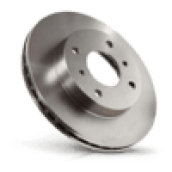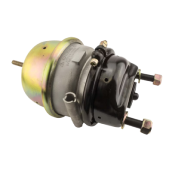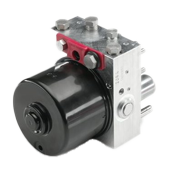Brakes
results
Featured Brands
AISINAudiAugerBMWBPWBlue PrintBoschBremboCortecoDAFDTDelphiElringFebiHengstIVECOJohn DeereKnorr-BremseKomatsuMAHLEMANMEYLEMercedes-Benz EvobusMercedes-Benz PassengerMercedes-Benz TrucksPeugeotPierburgPorscheRenaultSACHSSWAGScaniaSchmitz CargobullSkodaStelloxTRWToyotaVolkswagenVolvo ConstructionVolvo PassengerVolvo TrucksWabcoZF

No photo
1571164
Brake Caliper
Scania
€0.04

No photo
1571144
Brake Caliper
Scania
€0.04

No photo
1571162
Brake Caliper
Scania
€0.04

No photo
1571158
Brake Caliper
Scania
€0.04

No photo
1571161
Brake Caliper
Scania
€0.04

No photo
1571163
Brake Caliper
Scania
€0.04

No photo
1571159
Brake Caliper
Scania
€0.04

No photo
1571165
Brake Caliper
Scania
€0.04

No photo
1571160
Brake Caliper
Scania
€0.04

No photo
1571143
Brake Caliper
Scania
€0.04

No photo
1571798
Brake Caliper
Scania
€0.04

No photo
1571799
Brake Caliper
Scania
€0.04

No photo
1571796
Brake Caliper
Scania
€0.04

No photo
3Q0615424U
BRAKE CALI
Volkswagen
€0.04

No photo
3Q0615423U
BRAKE CALI
Volkswagen
€0.04

No photo
3Q0615424AU
BRAKE CALI
Volkswagen
€0.04

No photo
8V0615423DU
Brake Caliper
Volkswagen
€0.05

No photo
1K0615123EU
BRAKE CALI
Volkswagen
€0.07

No photo
8E0615123AU
Brake Caliper
Volkswagen
€0.07

No photo
5Q0615124U
Brake Caliper
Audi
€0.07
Buy car parts from the most popular car brands
Brakes
Brake systems utilize friction to decelerate or stop a vehicle’s rotation. Components include rotors/drums, calipers/wheel cylinders, brake pads/shoes, and hydraulic lines connecting to a master cylinder. Systems employ either hydraulic or electro-mechanical actuation to apply clamping force against rotating components. Modern vehicles increasingly integrate ABS, traction control, and stability control systems utilizing wheel speed sensors and electronic control units. Friction material composition varies based on vehicle type and performance requirements, impacting stopping distance and thermal characteristics. Brake lines and components are engineered to withstand high pressure and temperature fluctuations.
Have a question?
Send us a message on WhatsApp



